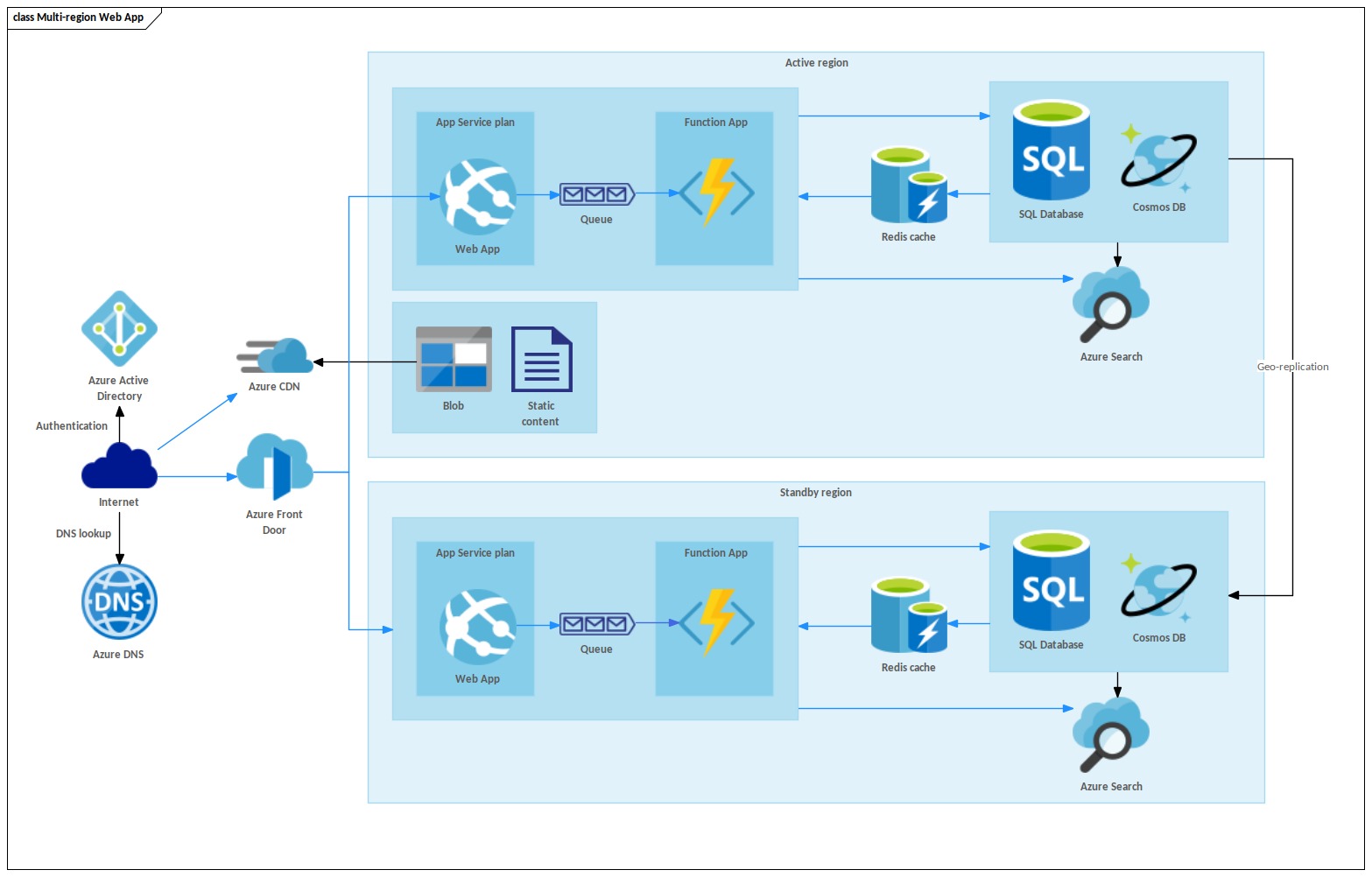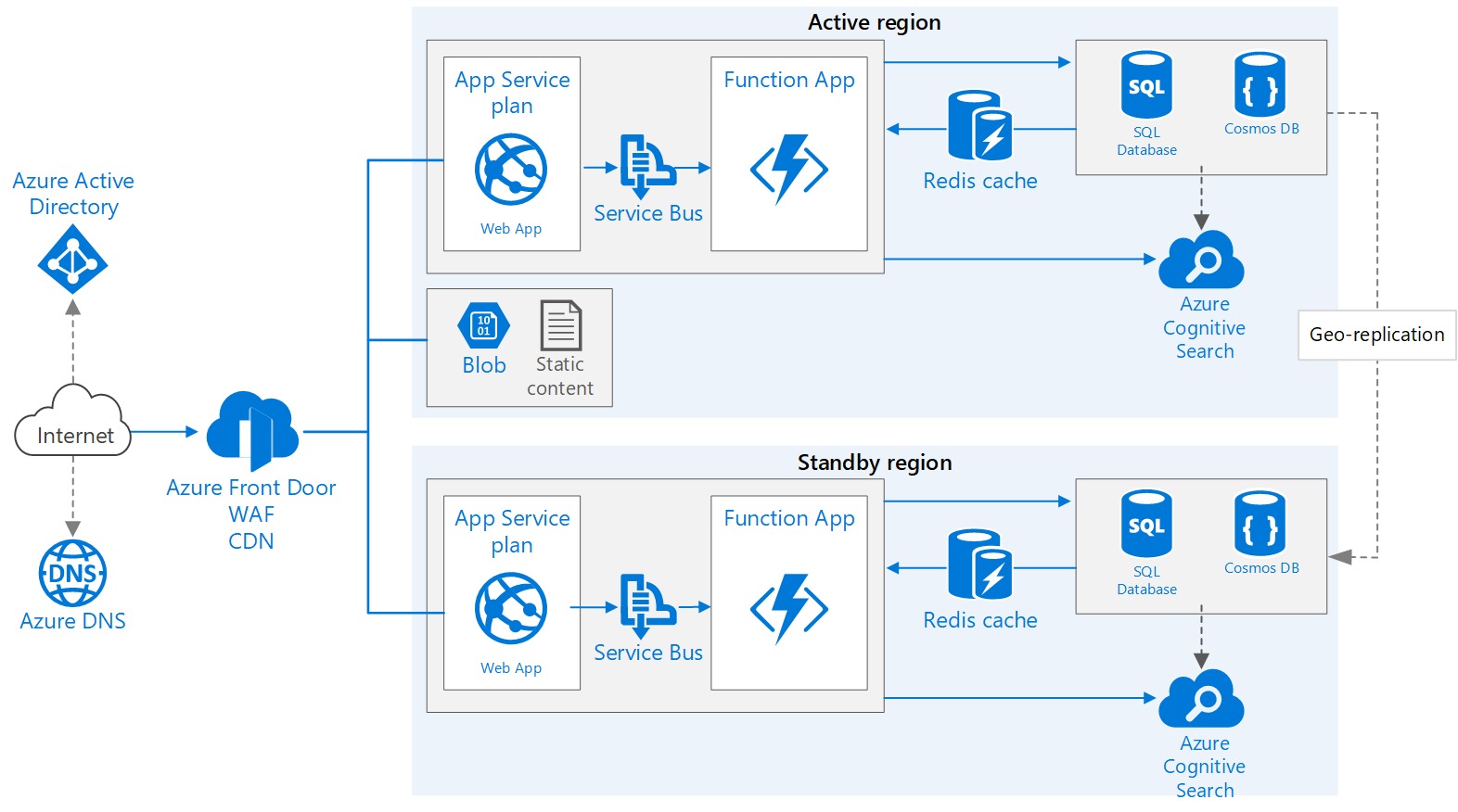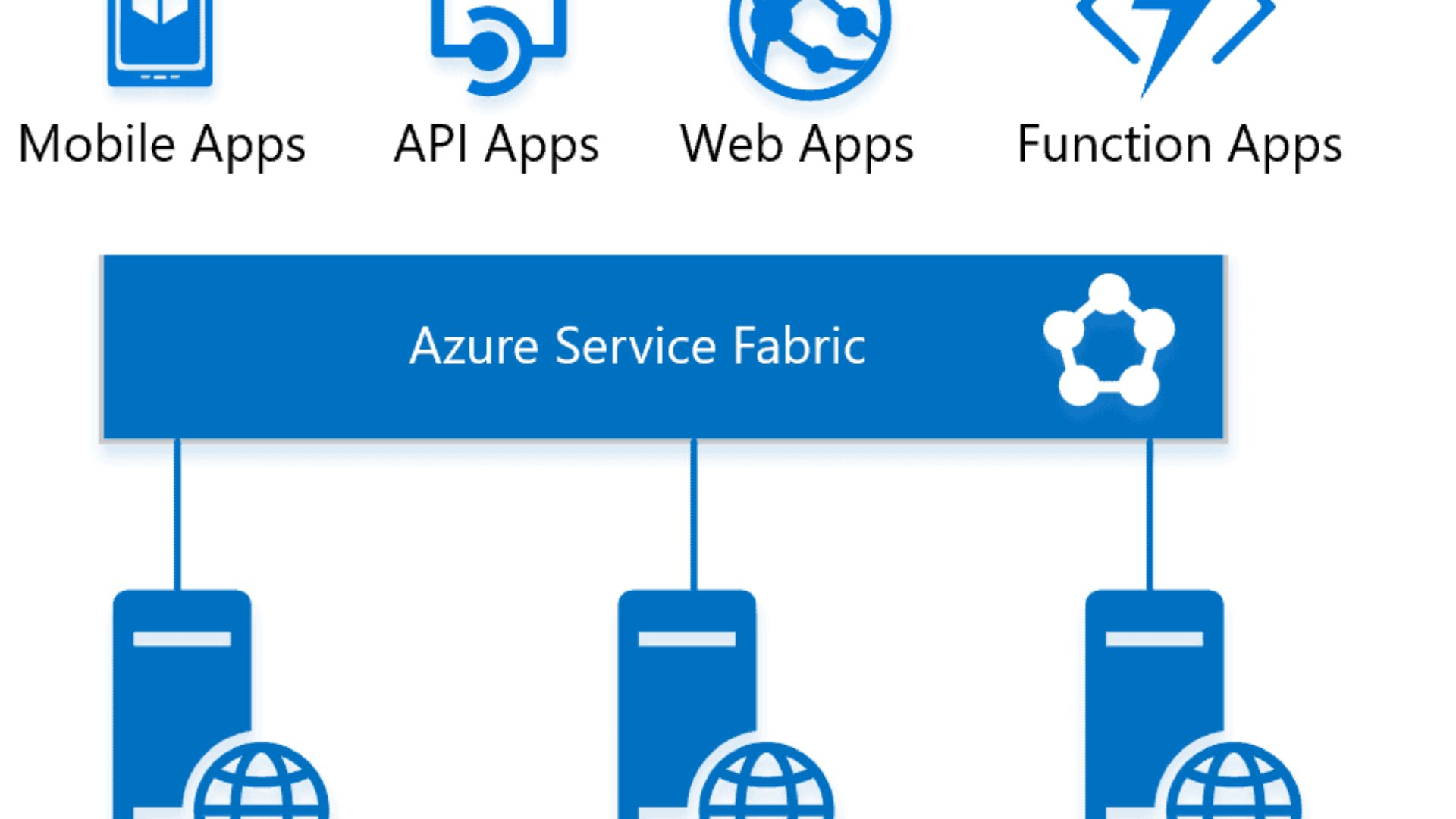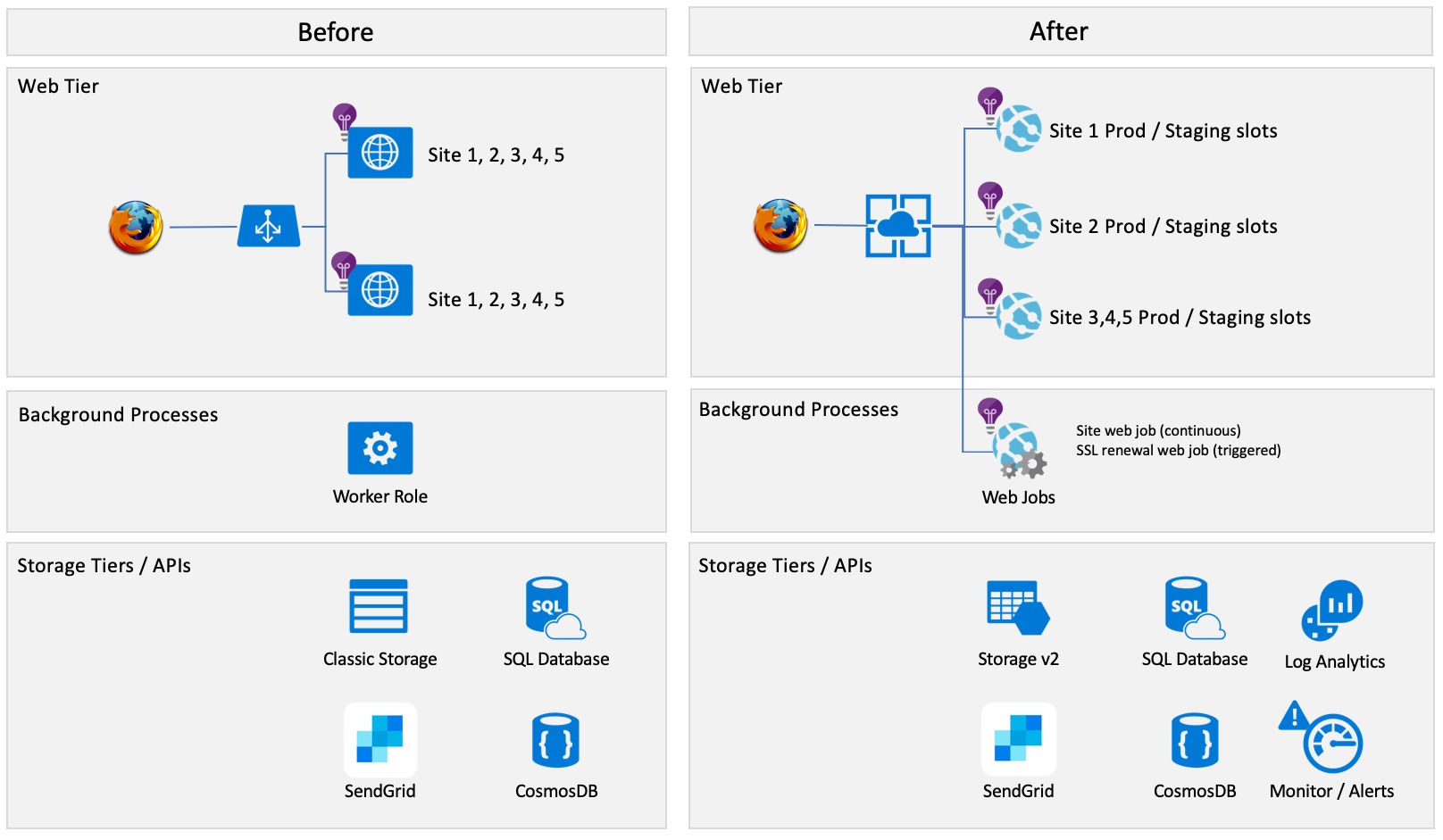
The area of web application creation is growing at a speed that has never been seen before in today's constantly changing digital world. People want web apps to be flexible and full of features, giving them the same personalized experience as native mobile apps and being able to be used on any device with a web browser.
This is why many companies, like those in e-commerce, banks, and finance, have started to use web tools in their work. Adopting custom software made just for workflows, which includes operating and functional efficiency and other combined processes, would be the most advanced and cost-effective way to take your business to new heights. This means you can get something special made just for your business. Let's discuss the impacts of service web apps on business dynamics.
1. Improved Accessibility
Businesses can use it to make websites that work on any device with an internet link and can be viewed from anywhere. This means they can reach more people, even those who like to browse the web on their phones.
Customers can also get to a business's goods or services at any time because web applications are available 24 hours a day, seven days a week. This could help them make more money and sell more.
2. Streamlined Business Processes
By handling chores that used to be done by hand, it can help companies run more smoothly. It saves them time and makes mistakes less likely.
They can use web tools to handle tasks like keeping track of their supplies, handling orders, and paying. This could make them more productive and efficient, which could lead to more income.
3. Better Customer Engagement
It can help businesses connect with their clients better. They can give their customers a better viewing experience by making their websites easy to use and engaging.
This can help them make their customers happier and keep them coming back. Web apps can also be used to get feedback from customers, which can help businesses make their goods and services better.
4. Scalability
Businesses may find this tool useful for making it easier to grow. Businesses can add new features and functions to their web apps as they grow to meet the changing needs of their operations.
Web applications are also easy to connect to other computer systems and software programs, which can help those systems and programs work better and more efficiently.
5. Data Management
The information that groups gather can be better managed with its help. They can gather and look at data using databases and other data analysis tools.
This will give them information about how their clients act and what they like. Web apps can also be used to store and handle private data safely. This includes customer data and bank records, among other types of records.
6. Empowering Decision-Making With Data-Driven Insights
Big data has made it possible for businesses to collect, examine, and see data in real time through custom apps. Leaders with these kinds of views can make smart choices, spot trends, and move quickly to take advantage of chances.
7. Higher Flexibility
Stakeholders can happily give feedback at different steps of project development when using the Agile method. The teams can quickly adapt to the changes that need to be made.
Aside from that, teams can break down bigger projects into smaller jobs that can be done by one person at a time. The product list will be more useful and the project will run more smoothly as it is constantly improved. In the end, no one is too much for anyone.
8. Improved Execution Speed
With the Agile development model, the team can divide the project into smaller tasks that can be given to experts in each area. Developers can make the main features and functions, artists can make the looks, and UX planners can make wireframes of interfaces that users can test early on.
So, it cuts down on the time that might be spent waiting for earlier steps to be finished. As a whole, the agile method encourages responding quickly to shifting market trends and getting goods to customers quickly and according to their needs.
What Is Web Application Development?
Web application development is the process of making and putting in place software programs that run on faraway computers and can be accessed by users over the Internet. From easy online forms to complex e-commerce platforms, these web apps are made to meet a wide range of user needs and standards.
One of the main goals of web application creation is to make it easy for people to use web-based apps efficiently. To make a web game, you need to know a lot of different computer languages and tools. During the creation process, many technologies, computer languages, frameworks, and tools are used to make online apps that are strong, scalable, and effective.
There are two main parts of a web application: the front end and the back end. The display part handles interactions with users and the dashboard. The core part handles server-side functions, database management, and setting up the server.
Web application development is an important part of modern technology because it gives businesses a powerful way to improve their online visibility, get more customers, and make their processes run more smoothly.
Types Of Web Application Development
Web application creation can be done in several different ways, and each has its pros and cons that depend on the needs of the project.
SPAs (Single-Page Applications)
Single-page apps, or SPAs, are web apps that load all of their information on the fly on a single page, so the browser doesn't have to restart. SPAs use technologies like Ajax, JavaScript, and JSON to make the user experience more quick and interesting. SPAs work best for user experiences that are hard to understand and need a lot of activities, like those in online stores, social networks, and streaming services.
PWAs (Progressive Web Applications)
Progressive Web Applications (PWAs) are web apps that let users experience the web like they're using a native app. Like traditional apps, PWAs can be downloaded and used from the home screen of the user's device.
PWAs are made with web technologies like HTML, CSS, and JavaScript, and users can store them on their computers so they can access them even when they're not online. PWAs have features like push alerts, fast opening times, and other features that are common in native apps.
Serverless Applications
When someone makes an online app called a "serverless app," they don't have to handle or set up any servers. The functions of the app are instead housed by a cloud service provider, such as Microsoft Azure or Amazon Web Services (AWS).
Because the creator only pays for the resources that the app uses, serverless apps are cheap. They can also grow as needed because the cloud service adds more tools than the demand for the app does.
Static Websites
Web apps that don't need to be handled on the computer are called static websites. All of the content is already made and saved as HTML, CSS, and JavaScript files. These files are then sent to the user's computer. Because they don't need any server-side processing, static websites are quick, safe, and cheap. They are often used for personal blogs, showcase websites, and websites for small businesses.
Content Management System (CMS)
material management systems (CMS) are computer apps that let people make, edit, and share digital material like blog posts, stories, and videos without having to know how to code. Most CMS programs store information in a database and give you an easy-to-use dashboard for controlling it. A lot of people use CMS systems like WordPress, Joomla, and Drupal.
E-Commerce Applications
E-commerce applications are web apps that let people buy and sell things and services online. E-commerce sites often have shopping carts, payment methods, order tracking, and listings of products. E-commerce apps can be made with several different technologies, such as open-source systems like WooCommerce and Magento and apps that are made just for the business.
Latest Trends In Web App Development
AI Chatbots
AI robots are becoming more and more popular on websites, and this trend will only get stronger over the next few years. The goal of adding AI chatbots to web apps is to give users a smooth experience by answering all of their questions quickly.
Dark Mode Standardization
Gen Z will be here in 2024, so your app needs to have dark mode. Most people (70–80%) like dark or low-light themes for the background of their computer apps. It shouldn't come as a surprise that a lot of web apps have the dark/low-light mode set as their default.
Motion Ui
A user wants a fast and responsive experience, but they also want a more involved user interface. This is where motion UI comes in. It's a front-end system that adds features like bounce, spin, slide, and more to your interface to make it more useful and interactive.
Voice Search
Google was the first to add voice search to its web app. Later, Siri and Alexa set the standard for this function. Users have found the simplified voice search function to be very helpful because it is so simple and easy to use.
Blockchain Technology
Every day, more and more people are using blockchain technology. It's a very safe and secure technology to use in web apps because it has the best security features and transactions are clear.
Frequently Asked Questions
How Do Service Web Apps Impact Business Accessibility?
Service web apps increase accessibility by allowing customers to interact with businesses 24/7 from any location with internet access.
In What Ways Do Web Apps Contribute To Customer Engagement?
Web apps foster customer engagement through features like live chat, personalized recommendations, and interactive interfaces.
How Do Web Apps Facilitate Global Expansion For Businesses?
Web apps enable businesses to reach global markets easily, expanding their customer base beyond geographical boundaries.
Final Thoughts
The impacts of service web apps on business dynamics are difficult to understand. Web application development is useful for companies because it can help them look better online, make their processes more efficient, connect with customers better, handle their data better, and cut costs. Web apps can also make it easy for them to grow their business.
In this digital world, web application creation is important for all kinds of businesses, no matter how big or small they are. So, businesses that want to stay ahead of the competition should think about spending money on web application creation.




